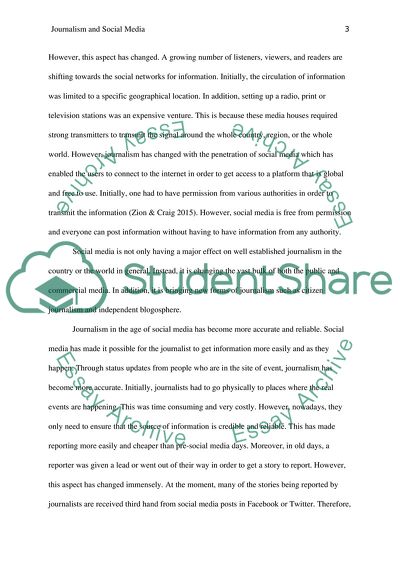Cite this document
(Journalism and Social Media Essay Example | Topics and Well Written Essays - 2250 words, n.d.)
Journalism and Social Media Essay Example | Topics and Well Written Essays - 2250 words. https://studentshare.org/journalism-communication/1875896-journalism-and-social-media-or-the-attempt-by-newspapers-to-reach-new-audiences
Journalism and Social Media Essay Example | Topics and Well Written Essays - 2250 words. https://studentshare.org/journalism-communication/1875896-journalism-and-social-media-or-the-attempt-by-newspapers-to-reach-new-audiences
(Journalism and Social Media Essay Example | Topics and Well Written Essays - 2250 Words)
Journalism and Social Media Essay Example | Topics and Well Written Essays - 2250 Words. https://studentshare.org/journalism-communication/1875896-journalism-and-social-media-or-the-attempt-by-newspapers-to-reach-new-audiences.
Journalism and Social Media Essay Example | Topics and Well Written Essays - 2250 Words. https://studentshare.org/journalism-communication/1875896-journalism-and-social-media-or-the-attempt-by-newspapers-to-reach-new-audiences.
“Journalism and Social Media Essay Example | Topics and Well Written Essays - 2250 Words”. https://studentshare.org/journalism-communication/1875896-journalism-and-social-media-or-the-attempt-by-newspapers-to-reach-new-audiences.


